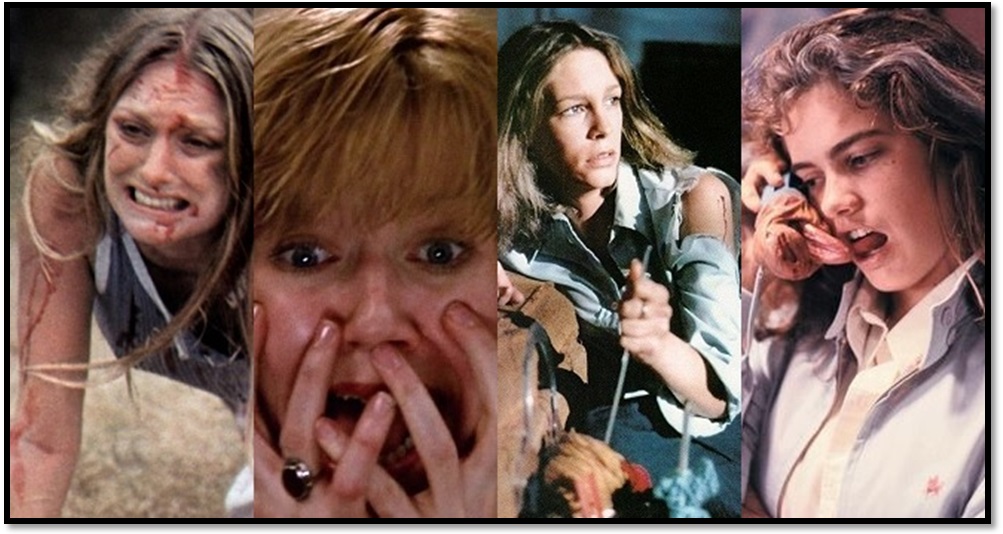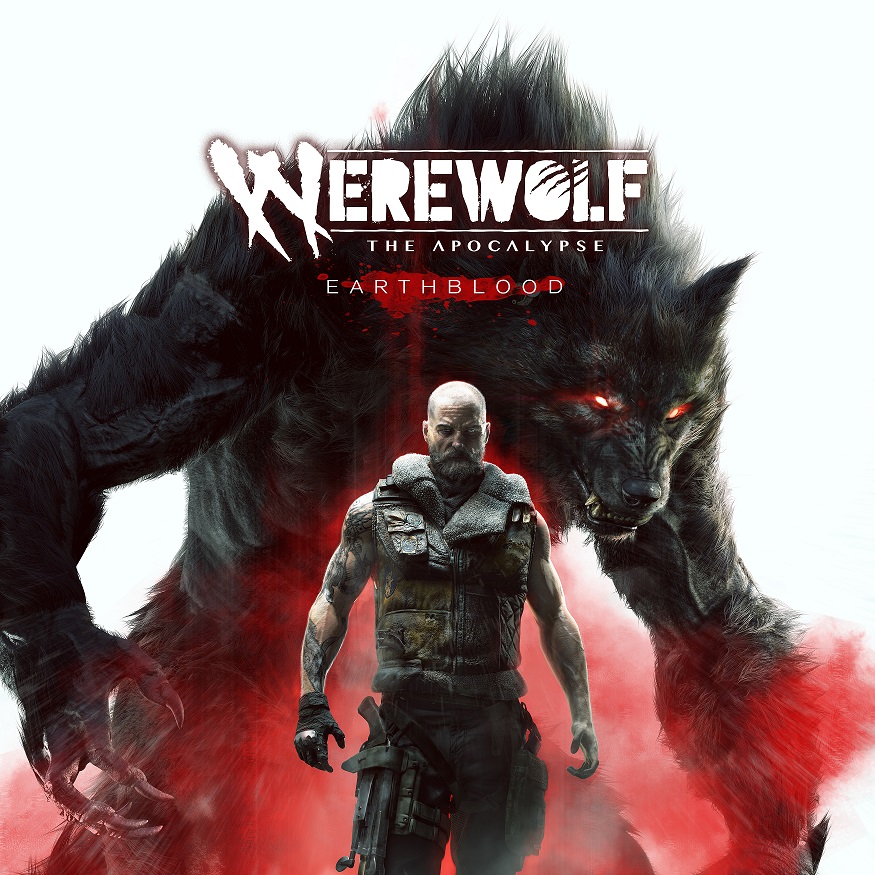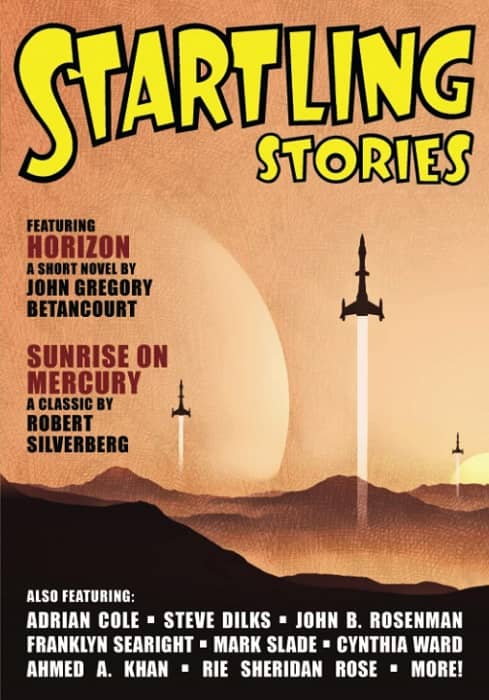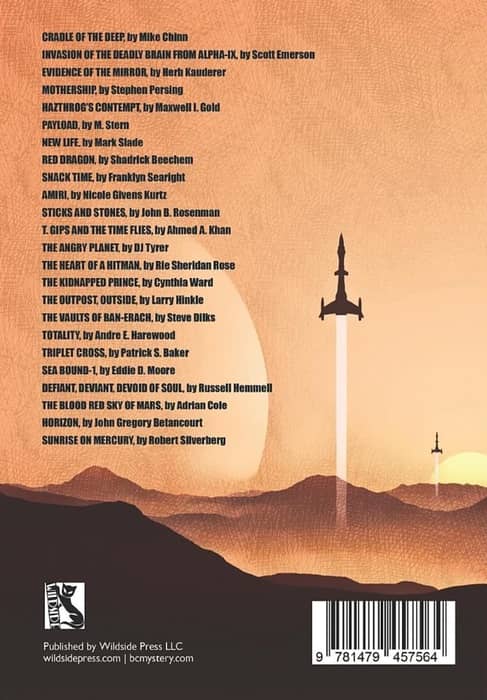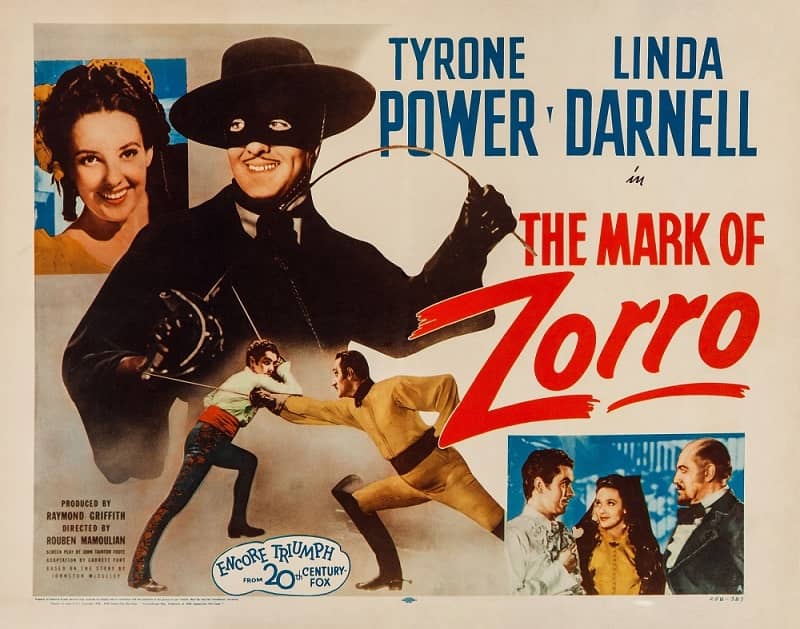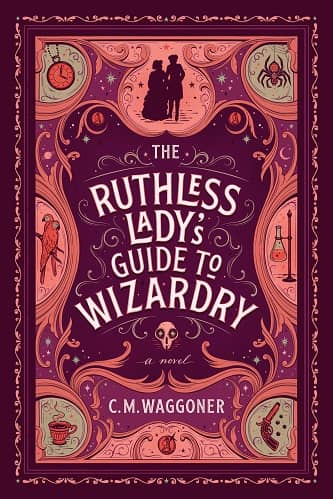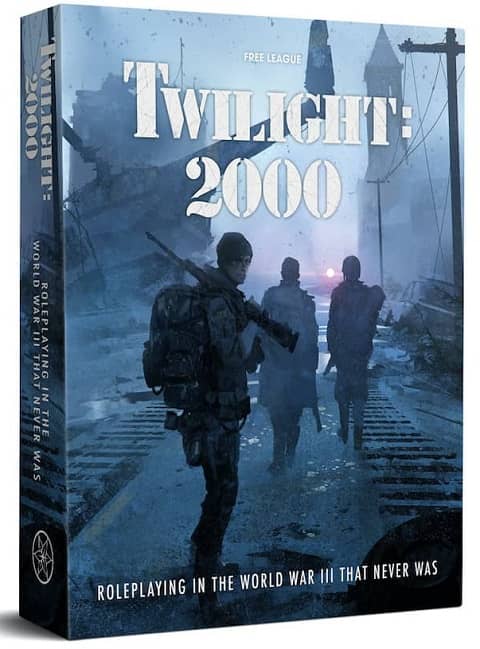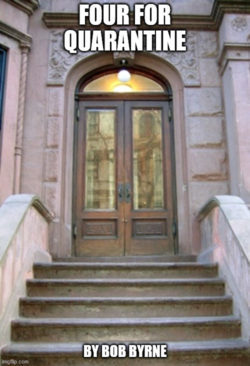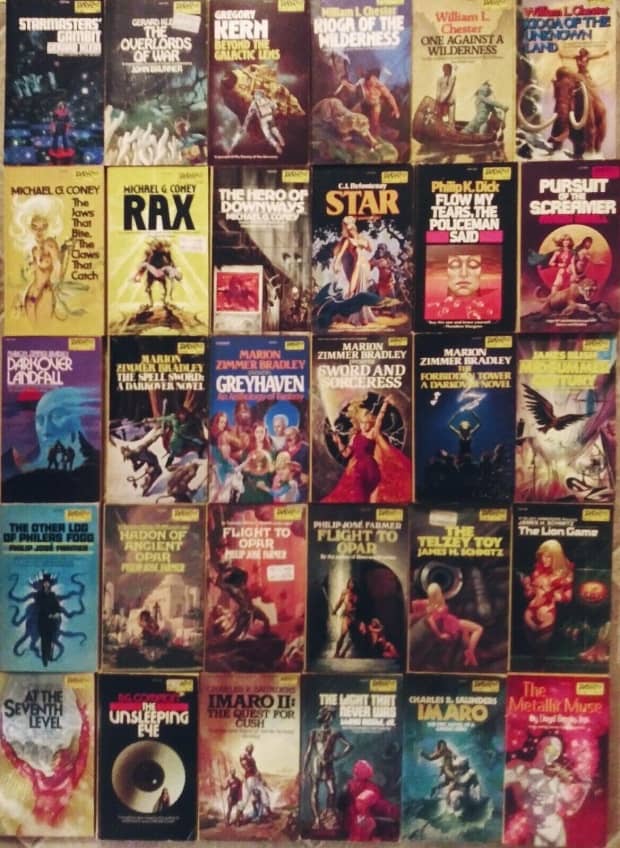An Abhorred Monster: Frankenstein by Mary Shelley
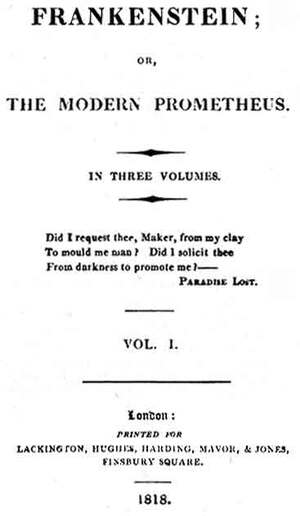
Like most people these days, my first encounter with the patchwork creature from Mary Shelley’s novel, Frankenstein (1818), was through adaptation. I truly cannot remember whether it was a moulded plastic Halloween mask, a comic strip, James Whale’s 1931 movie Frankenstein, starring Boris Karloff, or Abbott and Costello Meet Frankenstein (1948) that I saw first. Which one doesn’t matter — that green-makeup-painted face with flat head and neck bolts was an image that was everywhere: comics, cartoons, a giant statue on top of a bar & grill on my hometown of Staten Island. In each case, Victor Frankenstein’s creation was presented as a lumbering, platform-booted monster. At some point, I learned that Shelley’s was a very different creature than that which Whale had created for the screen, but that knowledge was unable to dislodge decades of Whale’s iconic image.
While normally presented as a horror story — and there are great, horrific elements in the book — it is really one of the first science fiction novels. Victor Frankenstein is a warped version of the Enlightenment man, rejecting the supernatural entirely, pursuing material and empirical knowledge to the point “no man was meant to know”. The Creature, foreshadowing countless androids and cyborgs, is tormented by the question of his standing in the universe as a man-made being. I thoroughly enjoyed this terrific, if slightly flawed, book.
I imagine most people know the basic story of Frankenstein‘s creation. As part of a storytelling contest between herself, her lover, the poet Percy Shelley, the poet Lord Byron, and Byron’s sidekick, Dr. John Polidori, eighteen-year-old Mary Shelley conjured a scientist obsessed with creating life. The poets’ tales were never finished, but Polidori wrote one of the first vampire tales, “The Vampyre” (1819). Shelley’s idea was potent enough to turn into a full-length novel.
I saw the pale student of unhallowed arts kneeling beside the thing he had put together. I saw the hideous phantasm of a man stretched out, and then, on the working of some powerful engine, show signs of life, and stir with an uneasy, half vital motion. Frightful must it be; for supremely frightful would be the effect of any human endeavour to mock the stupendous mechanism of the Creator of the world.
Mary Shelley from her introduction to the 1831 edition of Frankenstein
